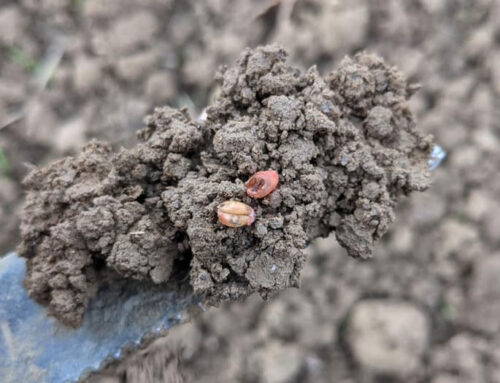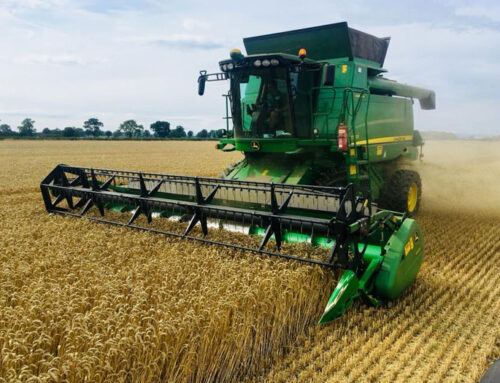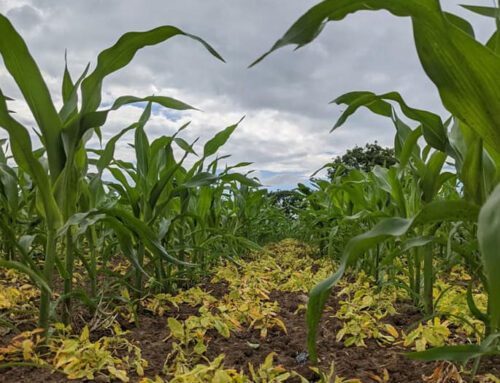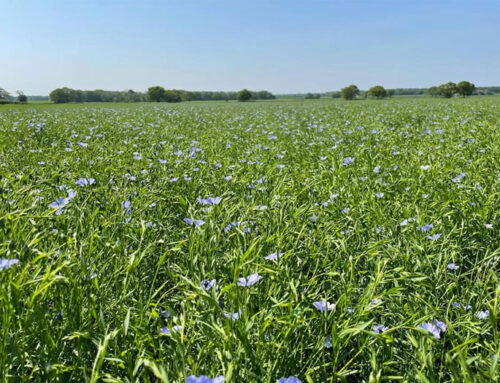Drilling has progressed well in Yorkshire and the North East with most clients now 80% complete of the planned winter cereal acreage. For a short period following the heavy showers the direct drills were parked in the waiting bay while the stalwart plough and combi setups were tagged in to carry on the winter sowing campaign. Early drilled crops went into near-perfect seedbeds and are now up and away, however as the weeks roll on seedbeds are starting to deteriorate and the last sown crops are slow out the blocks. The increased volume of rain seems to have awoken slugs from a deep sleep and activity can easily be seen. Where thresholds have been met through trap counting then ferric phosphate will imminently be applied to those affected crops.
Standing water has now started to drain away following a few settled dry days. Even with the deep cracks forged into the soil profile over the Sahara like spring, those fields that had been sub soiled have faired better and kept standing water to a minimum. On the direct drilled setups finding the correct subsoiler to maintain soil disturbance to a minimum is key. One version that has stood out on some of my client’s farms this year is the Grange Machinery Low Disturbance Loosener, soil conditions following this have been pleasing and above ground, disturbance is virtually nil.
In keeping with the current trend of 2020 spraying has not been straight forward and has been a bit snatch and grab. Getting the timing right and avoiding any post spraying monsoons has been tricky, to say the least. Where pre-emergence sprays have not been possible this opens the gate for early post-emergence options. This is not so much a bad thing on crops following peas/beans or OSR where volunteers are already thriving. These programmes will be based around bromoxynil for one last time yet again this is another tool from our armoury that is being weaned away from use. Where blackgrass is the main issue then peri and post-emergence flufenacet programmes must take priority, especially if Avadex applications were unable to be carried out.
The odd barley crops are now creating a patchwork of yellow throughout the countryside. This is the plant’s natural reaction to water stress and no doubt some chemical tinging also adding to the cause. Fields are tending to look worse than they actually are this year due to the fact the majority of affected plants are volunteer spring barleys which are in abundance in early sown crops.
Oilseed rape crops continue to grow at an unprecedented rate and will be entering the winter in a fine state, some would even benefit from a small graze so long as the grazers know when to stop! With the wet start to the Autumn Phoma was in my sights however finding the disease is proving hard and as a result, pre-Christmas fungicides are looking unlikely.
Cereal commodity prices look to be holding firm with a small increase this week, this provides some solace for the final average farm yields calculated following their weight watcher weigh-ins into the shed.
Overall, it is a much better start to the drilling program compared to last year although I can see the harbingers of doom hovering with take all, aphids and controlling spring barley volunteers already looming.




